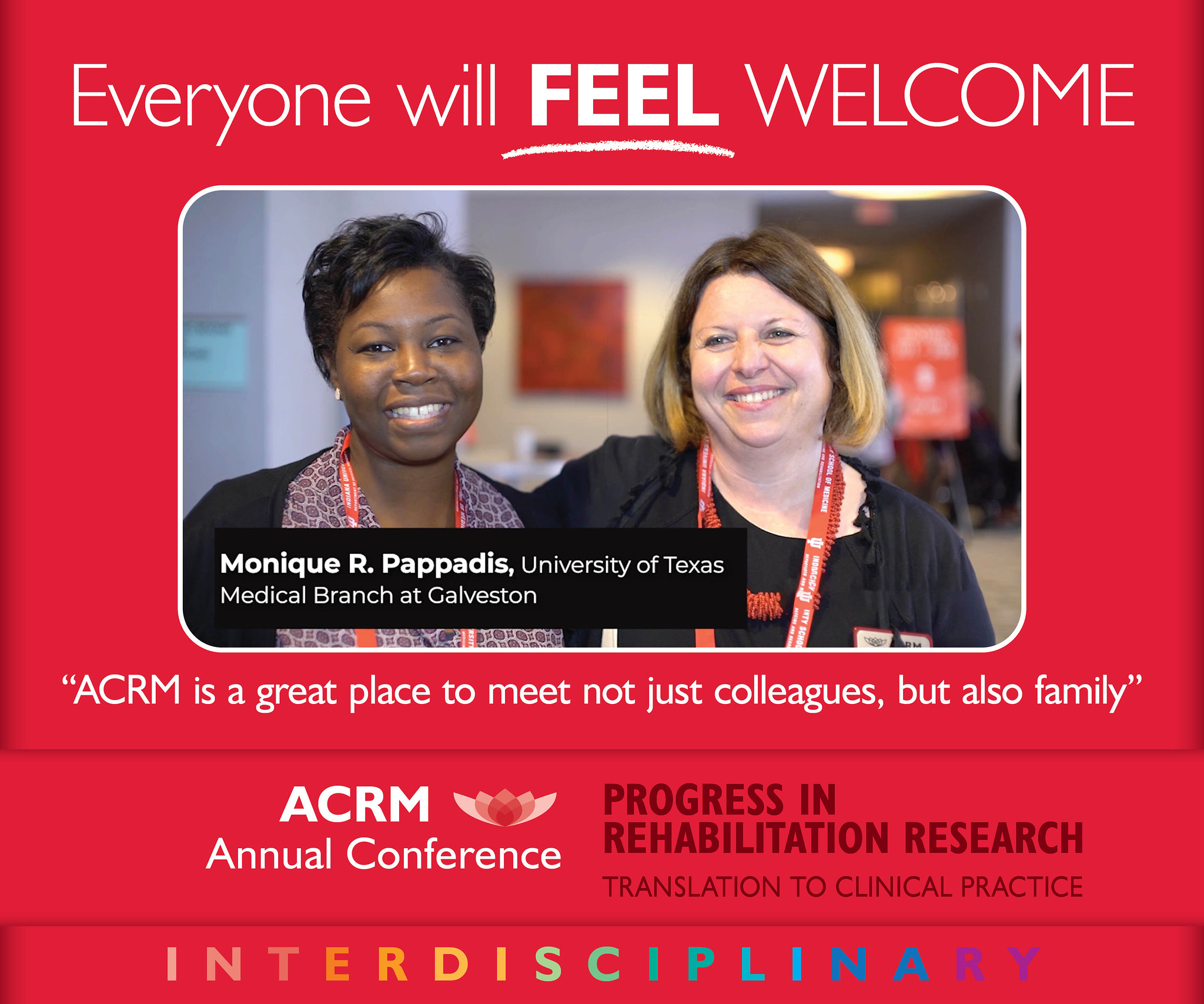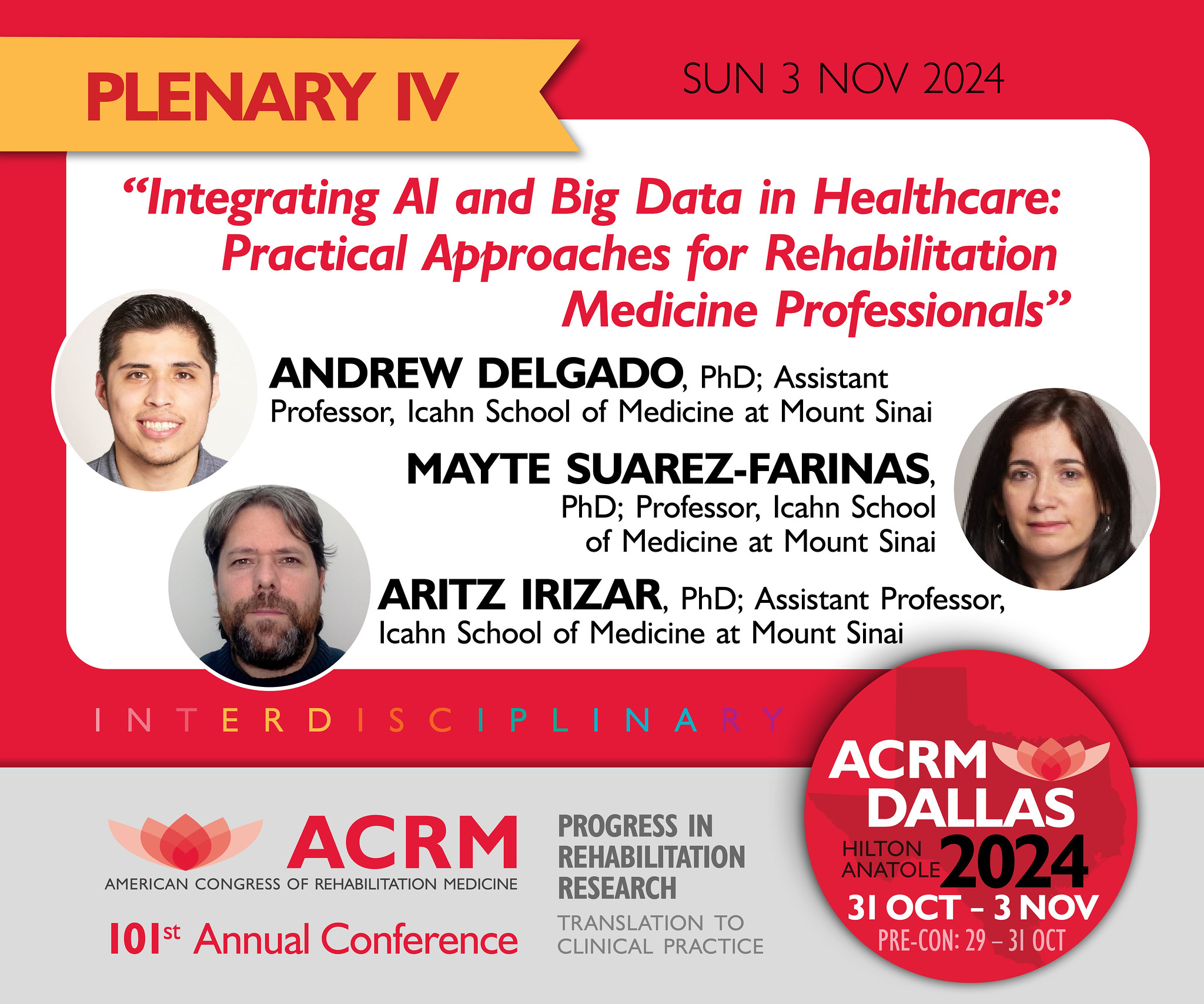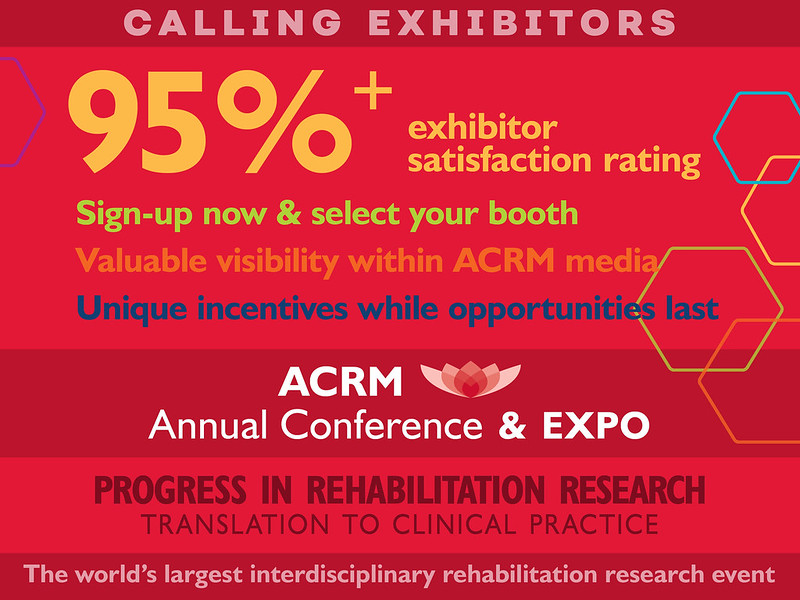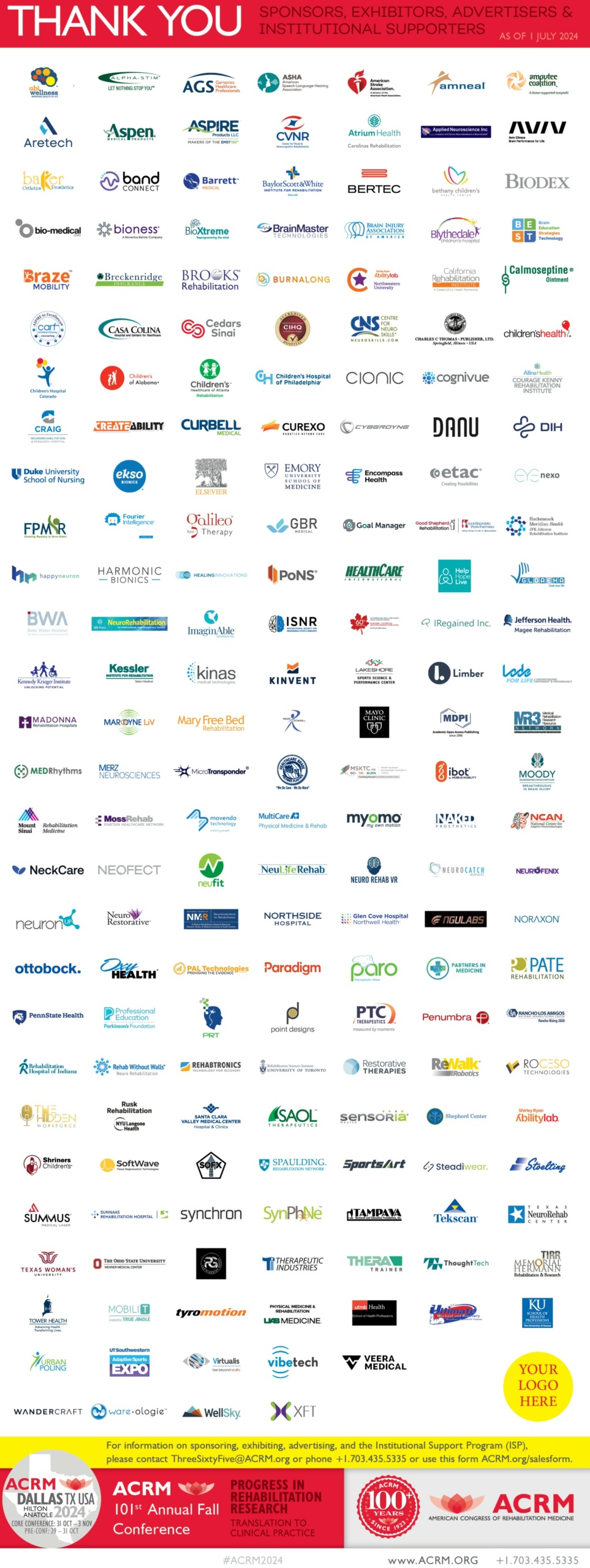LaunchPad Spotlight: Dr. William Padula
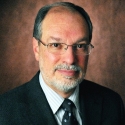 Please tell us about your professional background(s).
Please tell us about your professional background(s).
Dr. Padula is a neuro-optometrist who is a researcher, inventor and who directs the Padula Institute of Vision Rehabilitation in Guilford, CT. Dr Padula has 10 US Patents and has conducted research discovering Post Trauma Vision Syndrome (PTVS) and Visual Midline Shift Syndrome (VMSS). He is the Founding President of the Neuro-Optometric Rehabilitation Association (NORA) and the Founding Chairperson of the American Optometric Association Vision Rehabilitation Section. Dr. Padula was appointed the National Consultant in Low Vision Services for the American Foundation for the Blind. He has also served as Consultant to the Committee on Vision for the National Academy of Sciences in Washington, D.C. He has served as a consultant to the Walter Reed Hospital in Washington, D.C. He is the Past Chairperson of the National Academy of Practice in Optometry, and served as Treasurer of the National Academy of Practice (NAP) of which he has been honored as Senior Fellow.
Dr. Padula founded the first low vision clinic at the Zhongshan Eye Research Hospital in Guangzhou, People’s Republic of China, which was named in his honor. He lectures and consults internationally in China, India, Italy, Mexico, etc., with programs regarding children’s vision related to learning and development, and adult vision problems related to stroke, TBI and other physical challenges.
Dr. Padula has authored numerous publications including three books:
- A Behavioral Vision Approach for Persons With Physical Disabilities
- Neuro-Optometric Rehabilitation
- Neuro-Visual Processing Rehabilitation: An Interdisciplinary Approach
and he is the primary author of a chapter on vision in Brain Injury Medicine. He has developed three award winning educational videotapes about vision and Neuro-Optometric Rehabilitation for persons with neurological challenges. He was honored to be chosen Connecticut Optometrist of the Year in 2009 by his colleagues in the Connecticut Association of Optometrists.
What is your elevator pitch for the technology you presented at ACRM?
NeurOpTrek is the first instrument to measure risk of fall that also provides a means to correct the imbalance and to reduce risk of fall. NeurOpTrek then demonstrates the effect of the predicted prism eyeglass prescription to improve balance and reduce risk of fall.
What inspired you to develop the technology you presented for LaunchPad?
The inspiration to develop NeurOpTrek occurred from working with persons having neurological events and/or issues of aging that affect the visual process causing Visual Midline Shift Syndrome (VMSS). Dr. Padula’s research has determined that VMSS occurs by compromise of the portion of vision affecting balance. The research presented evidence that prisms can realign visual midline and center of mass to improve balance and reduce risk of fall.
How has your product/technology/business evolved since you presented for LaunchPad? (or) Do you have any updates you’d like to share since your LaunchPad presentation?
NeurOpTrek is evolving to improve a cost-effective means to assess vision related balance and risk of fall issues as well as to provide a means to affect the condition. New approaches are being tested at this time to enable continued improvement of NeurOpTrek.
What professional achievement are you most proud of over the past year?
NeurOpTrek has successfully assessed and provided treatment approaches for over 500 patients. NeurOpTrek continues to provide an accurate assessment for Visual Midline Shift Syndrome (VMSS) and to affect balance dysfunction through the visual process through a non-invasive approach.
In your professional roles, what is a challenge or limitation you have encountered with technology? How did you resolve it, or does the issue persist?
Though my interaction with patients with balance related difficulties I became aware of a portion of the visual process called the spatial visual process that is affected by a neurological event and/or aging. The challenge was since the research demonstrated that vision is involved with balance, how could the shift in visual midline be assessed and treated to influence and reduce balance difficulties causing risk of fall. As a researcher I applied the principles to conduct studies to use prisms to affect these problems. The research demonstrates that prism eyeglass prescription can be predicted to reduce blance and risk of fall difficulties. The effect of the prisms demonstrated within minutes, improvement in posture, balance and weight shift during ambulation.
What innovation or project in the rehabilitation medicine space are you most excited about in the upcoming year?
We are constantly exploring methods and ways to advance NeurOpTrek to produce an instrument that can be used remotely and that is cost effective. Our present studies are producing very positive effects and this increases the potential of providing the NeurOpTrek instrument that can be used to asses patients remotely by the clinician.
What advice would you give to any healthcare professional who wants to be more involved in technology?
For the Healthcare Professional who is concerned about risk of fall and injury for their patients, a standard of assessment and an evidenced based approach through technology needs to be applied to improve balance and reduce risk of fall for their patients. While there are other instruments that test static balance, NeurOpTrek is the first instrument to assess dynamic balance during ambulation for visually related balance and risk of fall as well as the first to provide a means to affect this condition to reduce injury.
What advice would you give to someone who has a new technology idea?
For those with a new technology idea, first determine the impact on a significant problem and then develop the concept by maintaining a patient centered approach to providing a solution to the problem. By keeping the patient first, the instrument will meet the need to solve the problem by providing outcome to the need.


